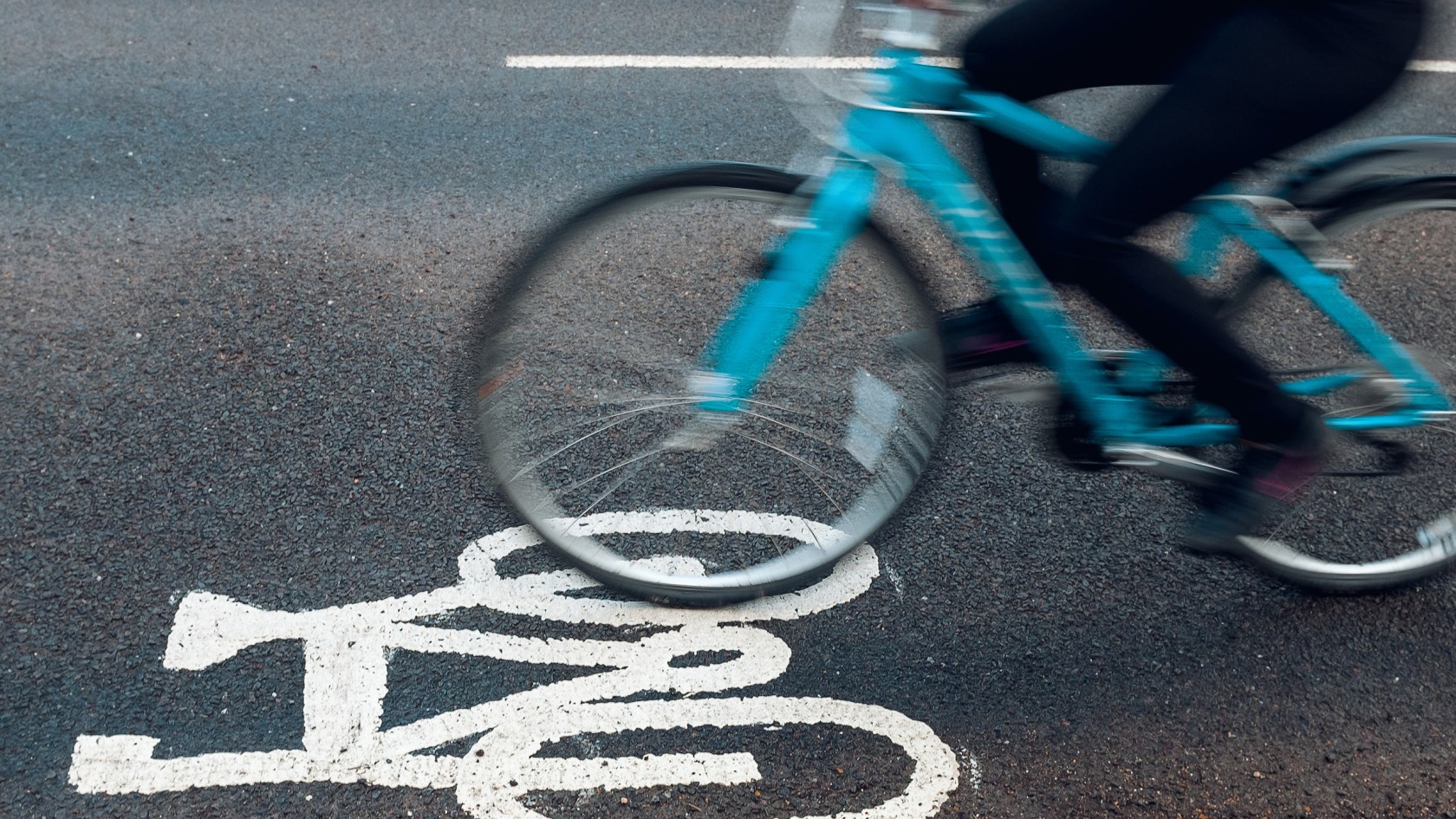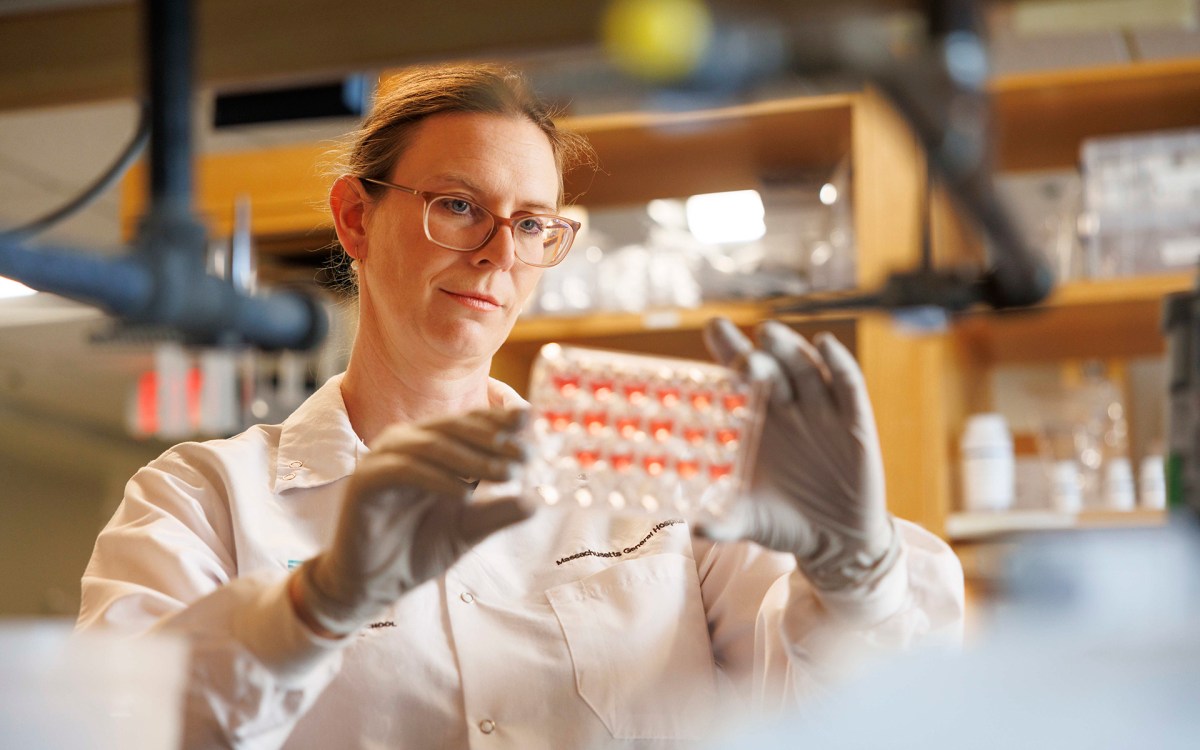
Part of the Wondering series
A series of random questions answered by Harvard experts.
In this entry, Anne Lusk, who studied cycling environments and rider safety as a researcher at the Harvard Chan School, explains the risks cyclists face and how we can mitigate them.
If we are talking about cycling in general, which would apply to all populations — fit/less-fit men and women, children, seniors, and parents with children on their bicycles — then no, cycling is not safe.
Bicyclists face risks posed by exposure to air pollution, unannounced e-bike riders passing fast, and car doors. But the greatest safety risk is not pollution, a faster bike, or even that car door. It’s moving vehicles.
A 2015 study I worked on with colleagues suggested that vehicle/bicycle crash risk in the U.S. is even greater than publicized because of inadequate records in police reports.
The risk exists even as biking offers a range of health and environmental benefits, including a lowered risk of Alzheimer’s disease. Bicycling also lowers the risk of obesity, cancer, premature death, and cardiovascular disease while addressing climate change through reduction in pollution.
We could make our world safer if we improved bike infrastructure. For decades, as cities have grown and cars have become faster, engineers and city planners have failed to take necessary steps to make safe cycling networks — in part because of gender differences.
Beginning with the first bike infrastructure designs written in the mid 1970s, male engineers working off the principles later described by John Forester in his 1976 book “Effective Cycling” — i.e., cyclists fare best when they act and are treated as drivers of vehicles — failed to take into consideration female cyclists’ desire to be separated from traffic. Instead, women were to enroll in classes taught by certified League of American Bicyclists to learn how to operate their bicycle among cars.
Physiologically, women have less leg strength and tend to ride heavier bikes that have baskets or racks for carrying groceries or bags. A 2010 study found that women take longer bicycling through an intersection, especially when riding uphill. Research published in 2016 concluded that women bicycle 2 to 3 kilometers per hour slower than men and that they tend to maintain the same speed while bicycling. This puts female bicyclists or any slower rider at risk for collision with cars as they all respond to the same traffic signals and share the same road.
In one study, male bicyclists were shown to have proceeded straight at an intersection while the light was still red to get ahead of the traffic. Female bicyclists waited for the light to turn green. Turning truck drivers, proceeding on the same green, killed the law-abiding and careful female bicyclists.
For the driver, it is usually deemed not their fault if they hit or even kill a bicyclist because there is a good chance the driver did not or could not see the bicyclist. Over the past two decades, motor vehicle design has looked to increase vehicle-occupant safety, while diminishing biker visibility. To protect vehicle occupants from crashes, the car now has wide pillars between the windows, a higher side beltline body, larger headrests, and smaller back windows, making it even harder for the driver to see the bicyclists.
The solution to these problems is protected bike lanes or cycle tracks, which the engineers in the 1974 guidelines and in subsequent guidelines discouraged. Protected lanes, either level with the road or elevated and level with the sidewalk, have been shown to greatly decrease risks for bikers of all abilities.
— As told to Anna Lamb, Harvard Staff Writer

















